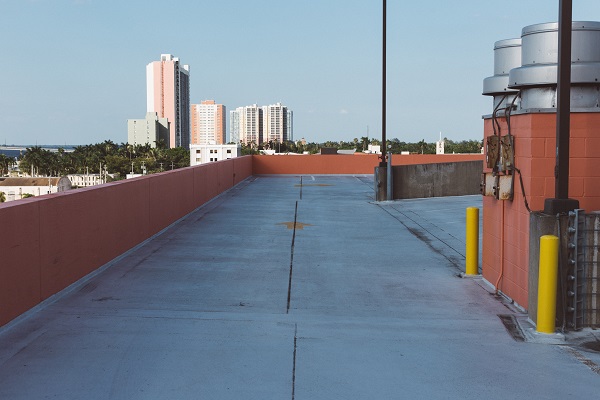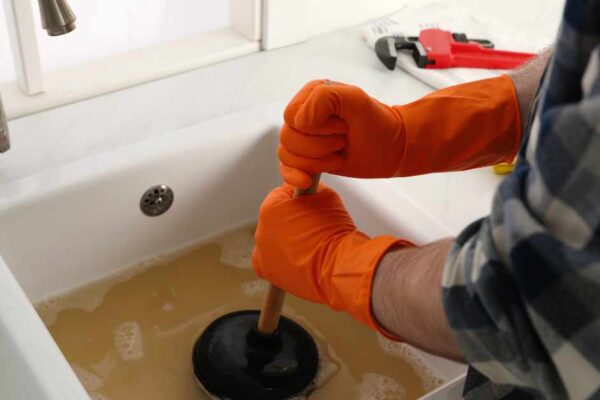Those who live in colder or warmer climates might know how important roof insulation is to maintain a comfortable home. With the heat of summer and winter cold, it’s easy to understand the impact climate change has on our homes. However, many homeowners don’t realize they can lower their energy bills by insulating their roofs and repurposing unused space to make them more comfortable. In this blog article, we’ve compiled five easy steps to help you start your insulation project!
Why Your Roof Needs Insulation
Your roof is one of the most important parts of your home. It helps to protect you from the sun and rain, and it also provides shelter for your furniture and appliances.
However, your roof can also source heat and cold in the winter and summer months. If your roof is not properly insulated, it can cause problems such as drafts, condensation, and damage to your home.
To prevent these problems, you need to insulate your roof properly.
5 Steps for Insulating Your Roof
Insulating your roof can help reduce the energy you use to heat and cool your home. Here are five simple steps that you can take to insulate your roof:
1. Check the Level of insulation on Your Roof
Insulation levels vary from roof to roof, so it is important to check the insulation level before you start insulating. This will help you choose the appropriate insulation material for your roof.
2. Remove Existing Insulation
If there is no insulation on your roof, remove any existing insulation using a vacuum cleaner and a brush. Make sure to clean all the debris and dust from the area.
3. Install a New Insulation Material
The type of insulation that you install on your roof will depend on the type of roof that you have. Here are some popular types of insulation: fiberglass, cellulose, mineral wool, and batts.
4. Cover the Insulation with a Roofing Material
After you have installed the insulation, cover it with a suitable roofing material using a trowel or a brush. Ensure that the insulation is properly installed and that there are no gaps in the coverage.
5. Seal Any Holes or Openings
You may have to seal any holes or openings in the insulation to avoid air leaks. A visual inspection is one of the primary methods you can use to check your roofing job. First, look for cracks or damage on the roof, which could be caused by rain damage, hail damage, or ice damage. Also, ensure that there are no loose shingles or other debris on top of the insulation materials after you cover them with a protective layer of asphalt shingle materials and install new ones.
Types of Materials to Use for Home Insulation
A few different types of materials can be used for home insulation.
One of the most common materials used for home insulation is fiberglass. Fiberglass insulation is a good choice for cold climates because it traps heat inside the house. It also makes a good thermal barrier against the outside environment.
Another common type of insulation is cellulose insulation. Cellulose insulation is made from recycled paper and is a good choice for hot climates because it absorbs moisture from the air. This keeps the inside of the house cool and prevents moisture damage.
Other types of materials can also be used for home insulation, such as foam, mineral wool, and spray foam. These types of materials are best suited for specific purposes, such as noise reduction or protection from moisture. It’s important to choose the right material for your home insulation project based on the climate where you live and the type of insulation you want to use.
DIY Tutorial
If you want to keep your home insulated in the summer and winter, you will need to insulate your roof. There are a few simple steps that you can take to achieve this goal.
To start, you will need to find an appropriate insulation material for your roof. You can either choose to use foam or fiberglass insulation, both of which are approved by the Department of Housing and Urban Development (HUD). Once you have chosen the insulation material, you must cut it to the correct size. You will also need to install it according to the manufacturer’s instructions.
After installation, you will need to seal any gaps in the insulation with caulk or tar. This will help to prevent moisture from entering your home and causing damage. Finally, you must follow all safety guidelines when installing insulation on your roof.
Conclusion
If you live in a state that experiences extreme weather conditions, insulating your roof from the heat and cold is important. Not only will this help decrease your energy bill, but it will also protect your home from major damage.








